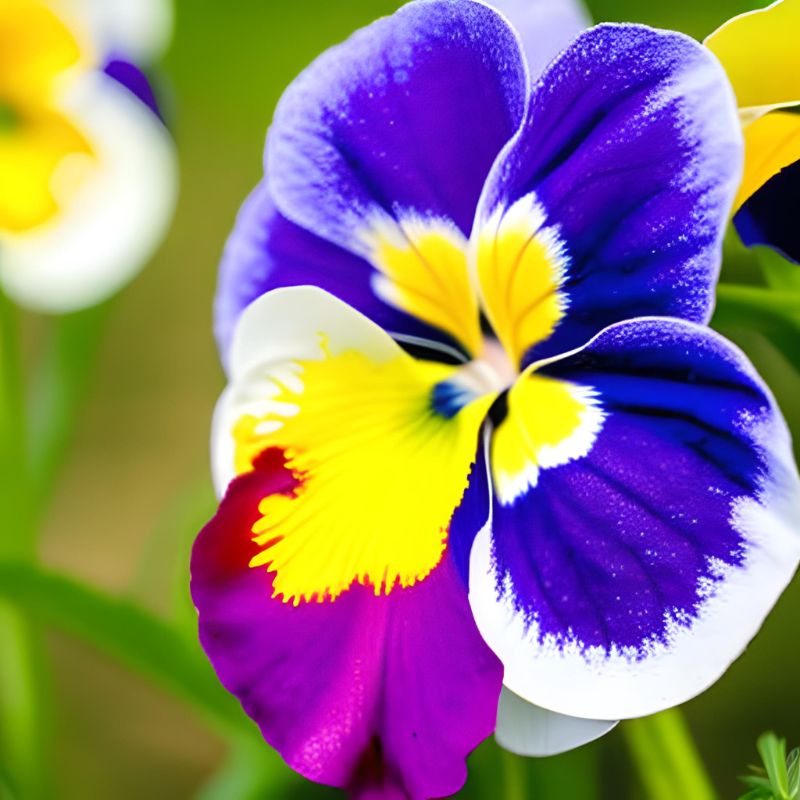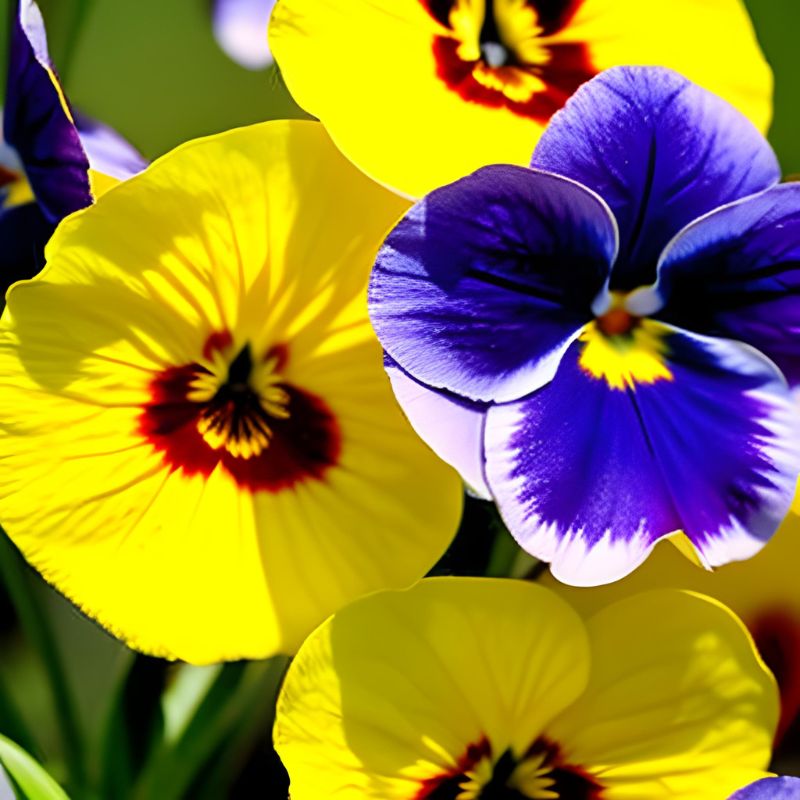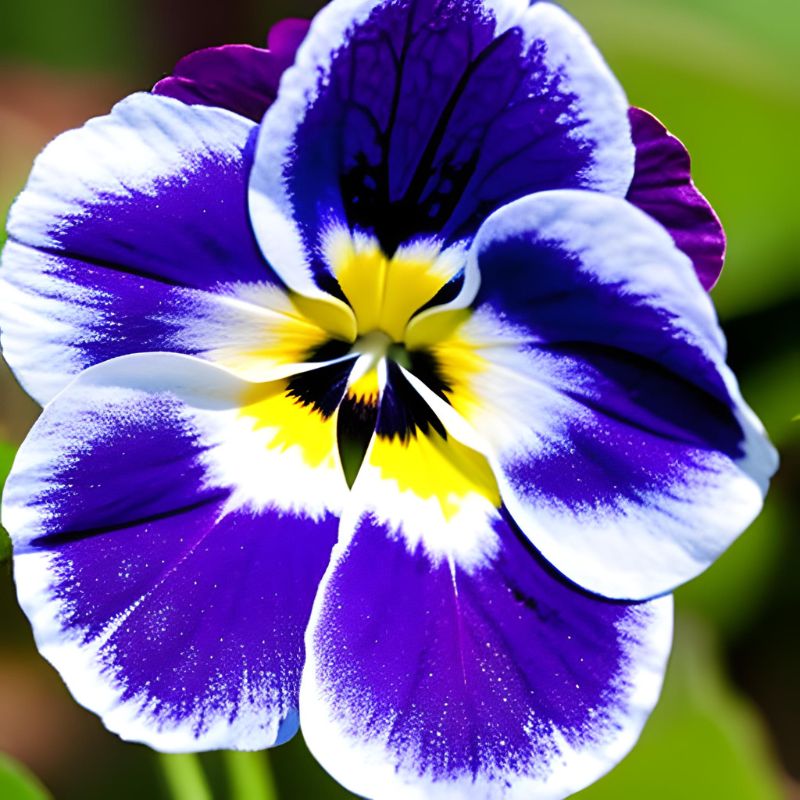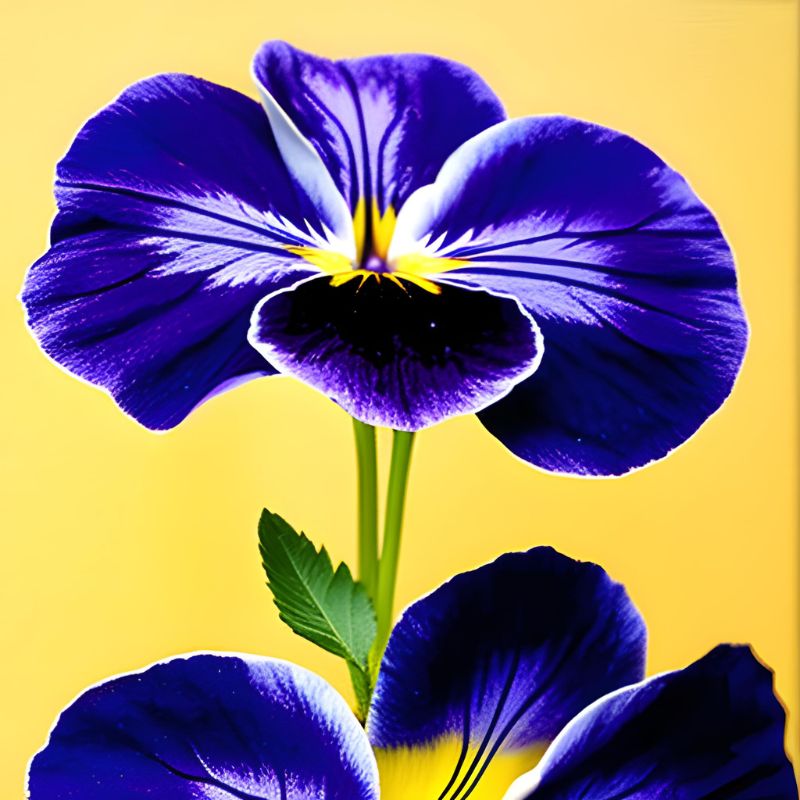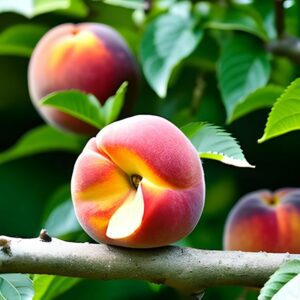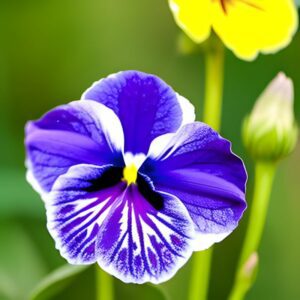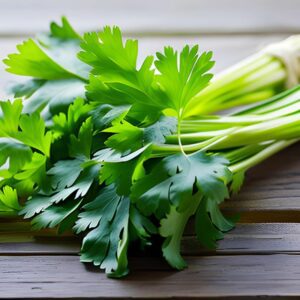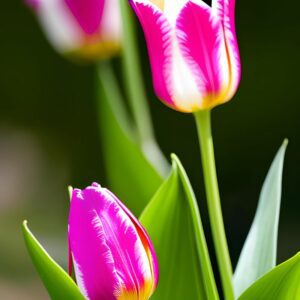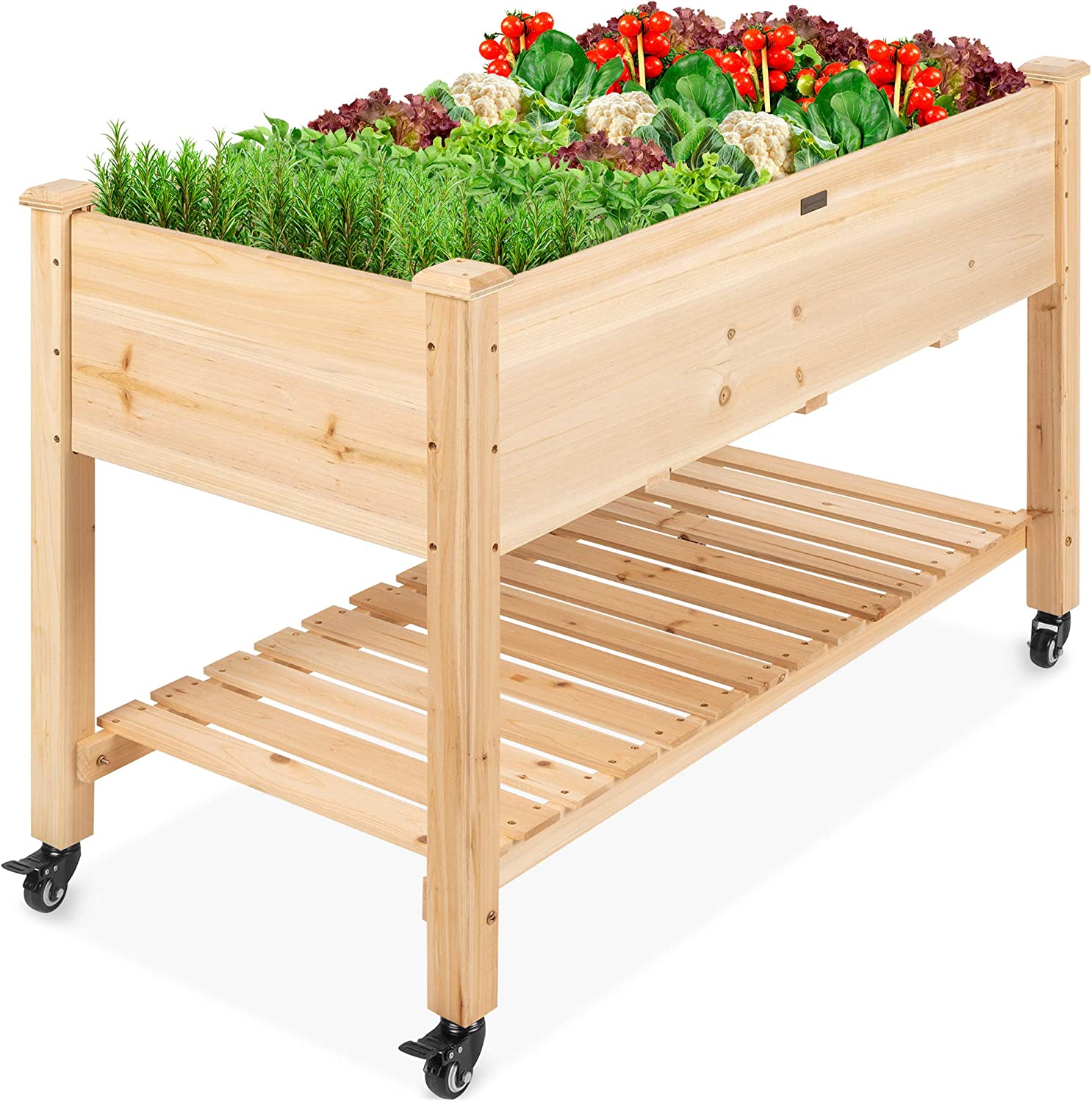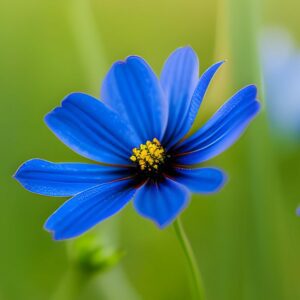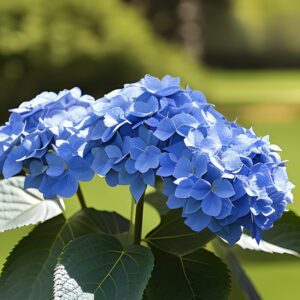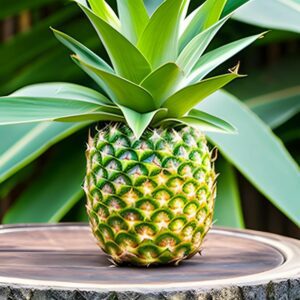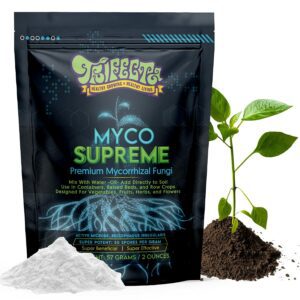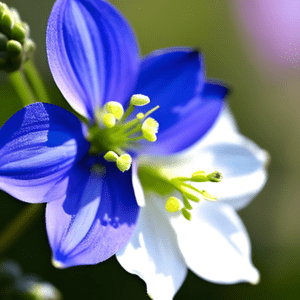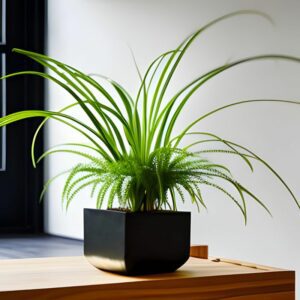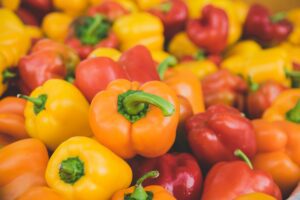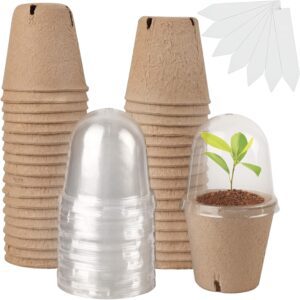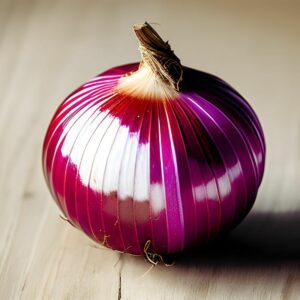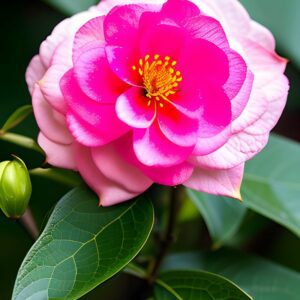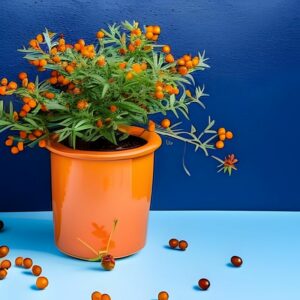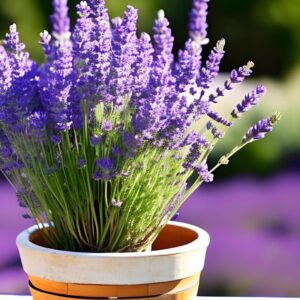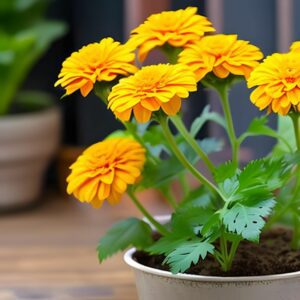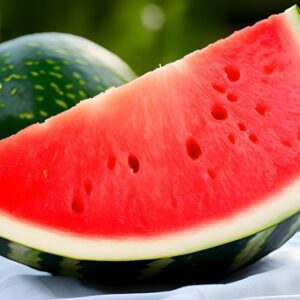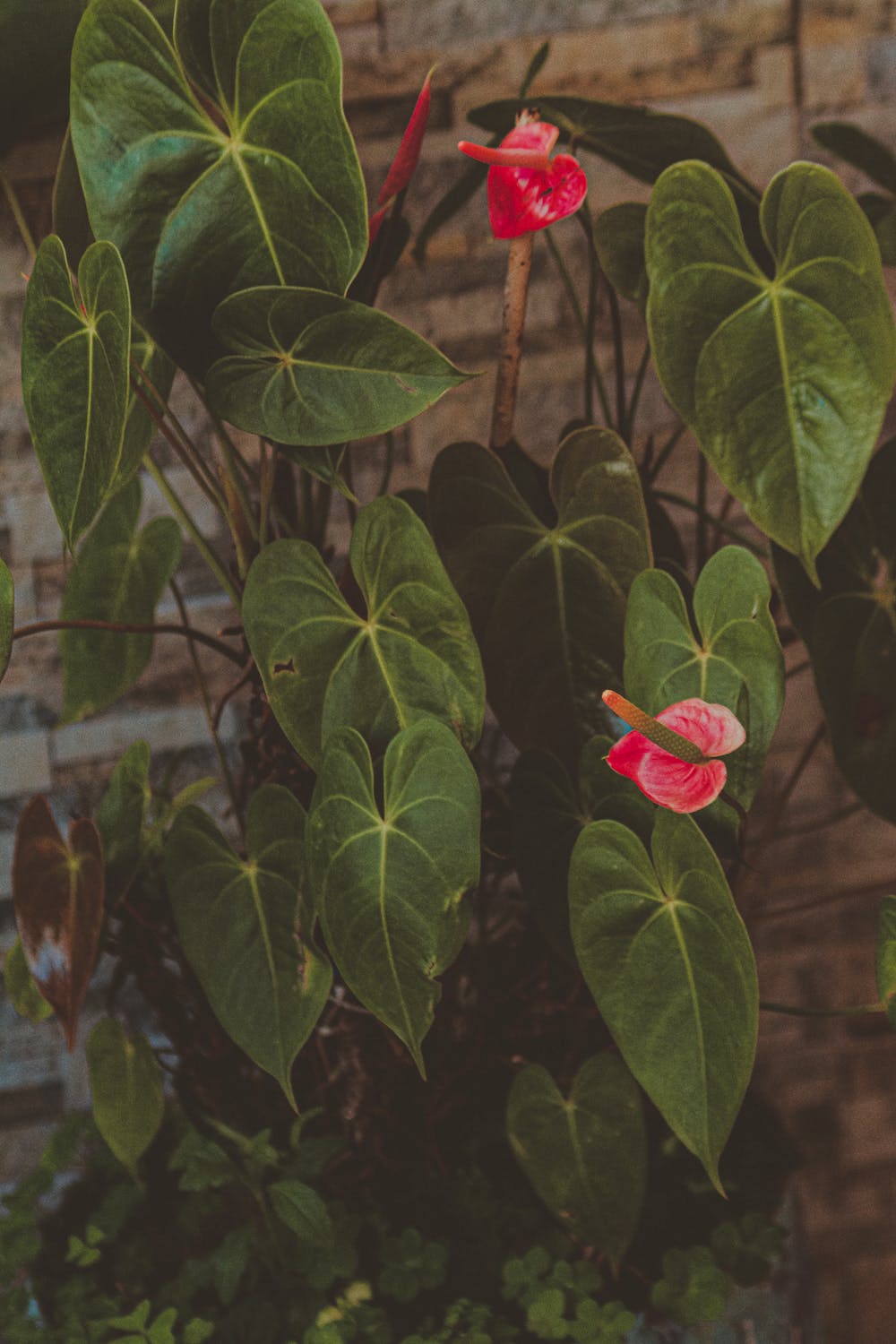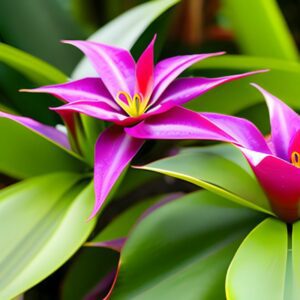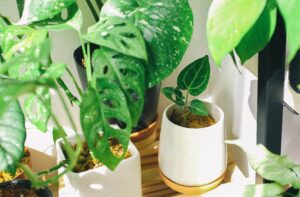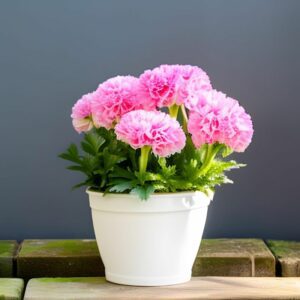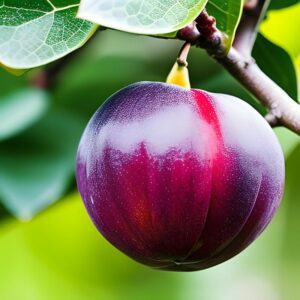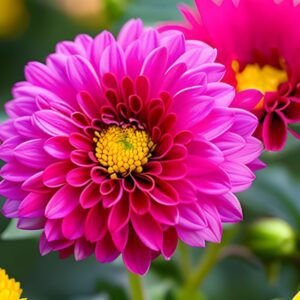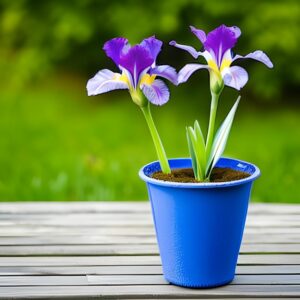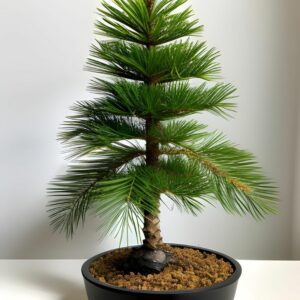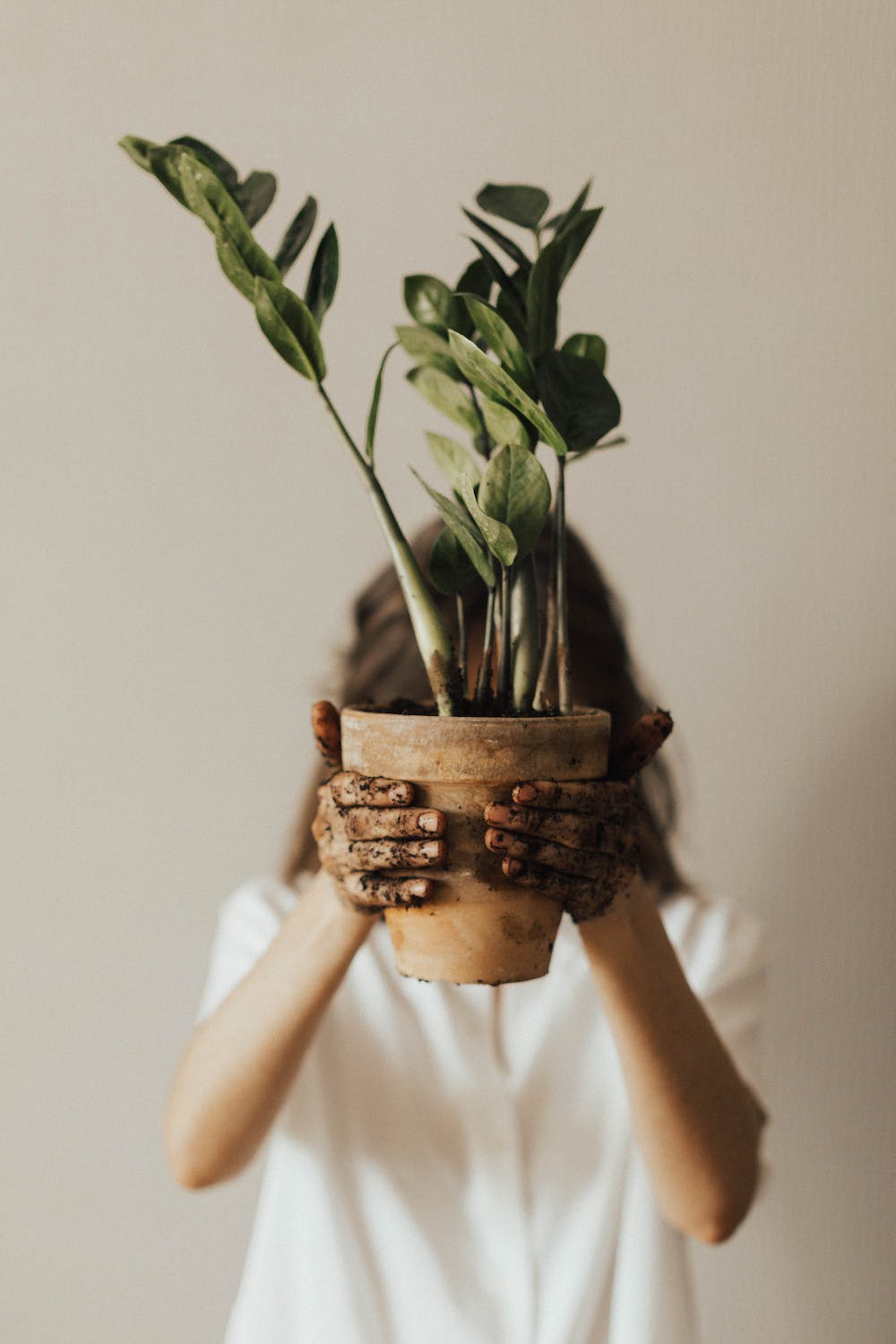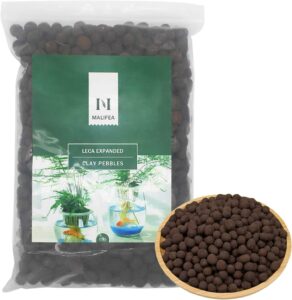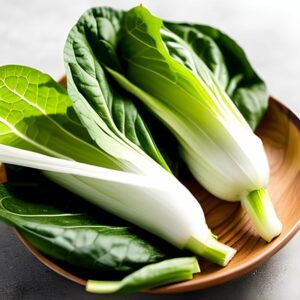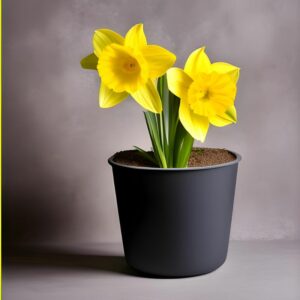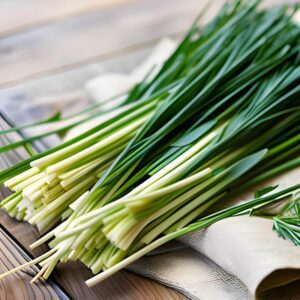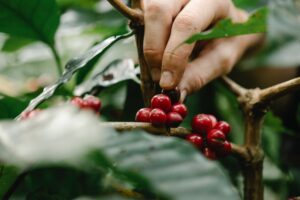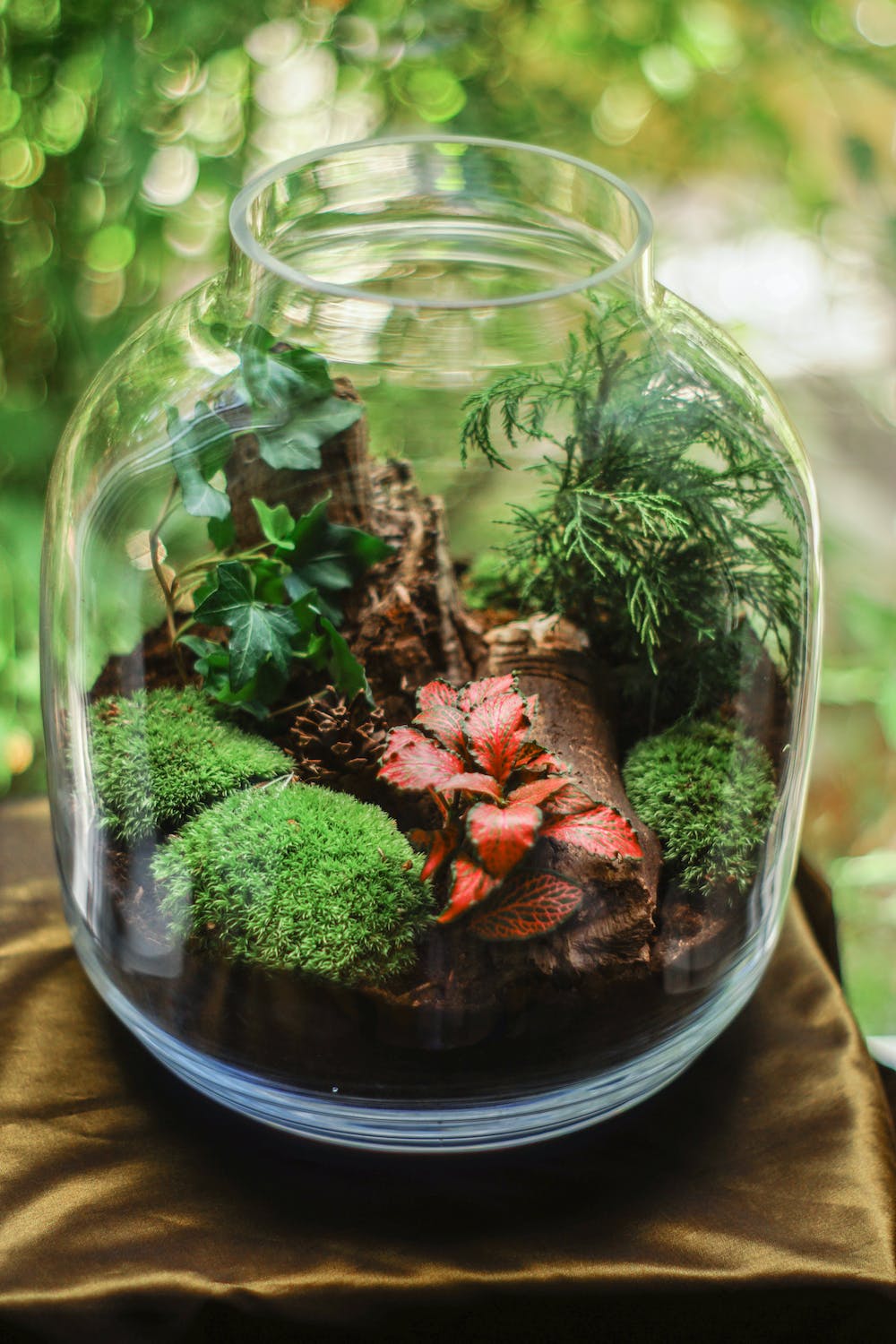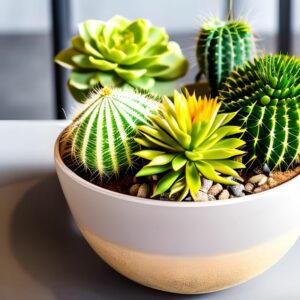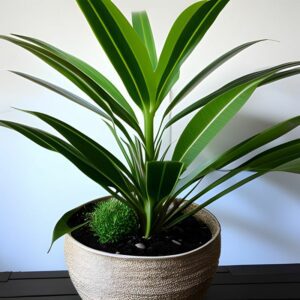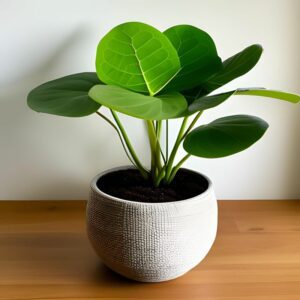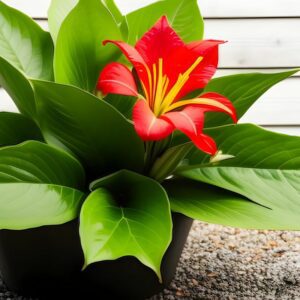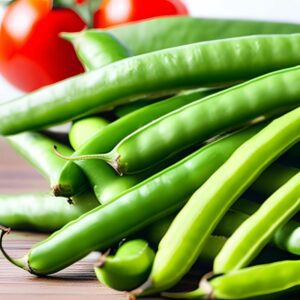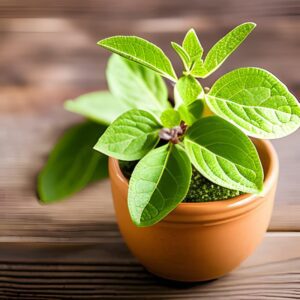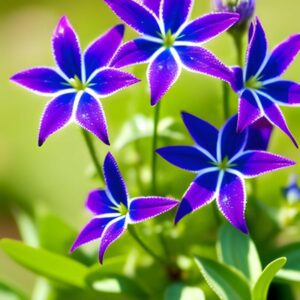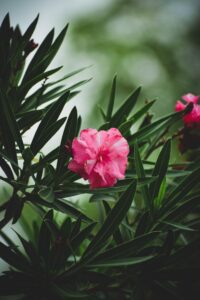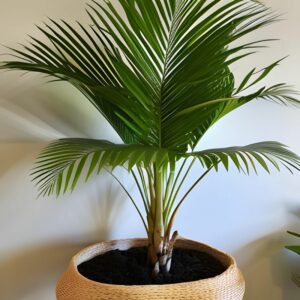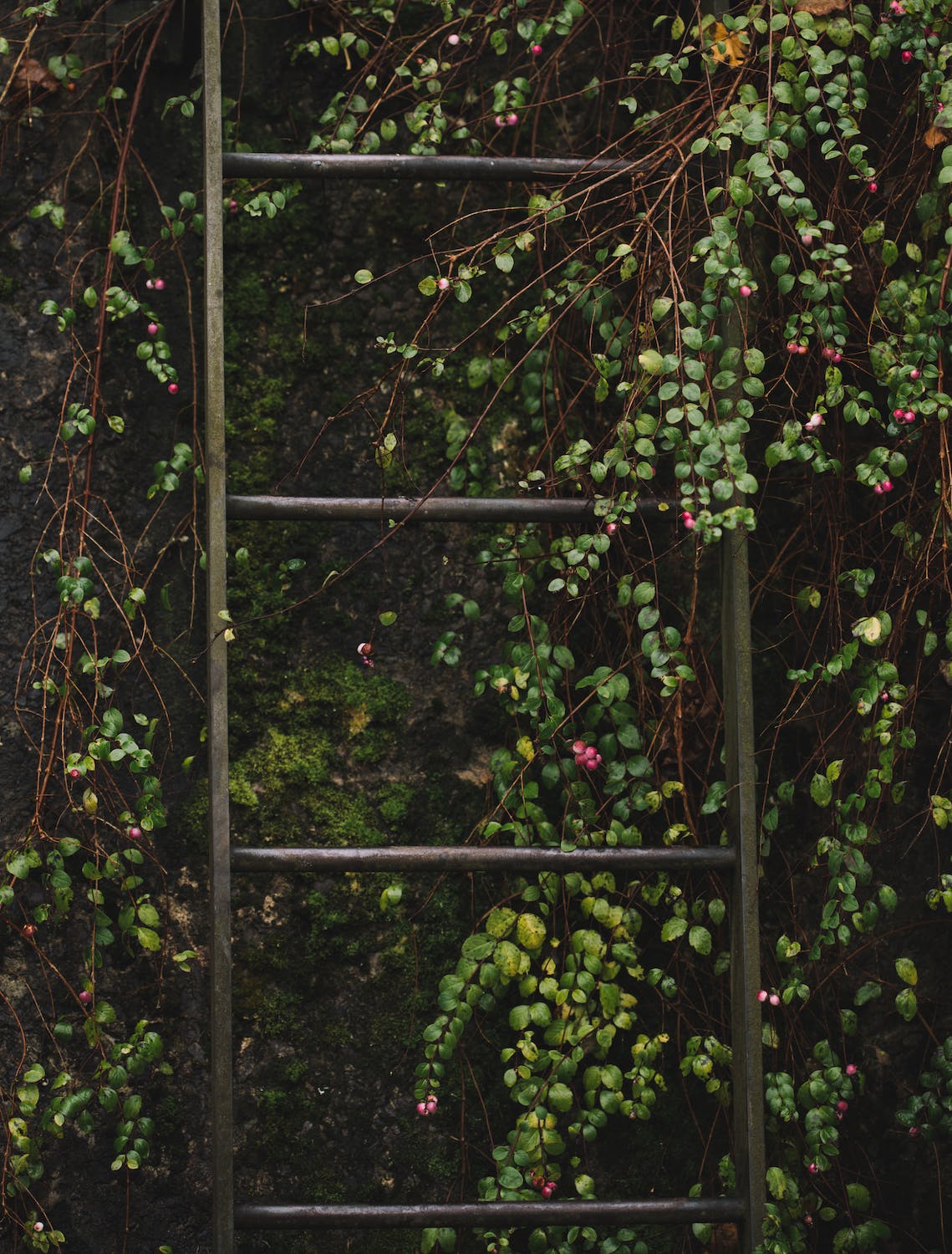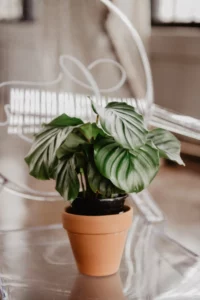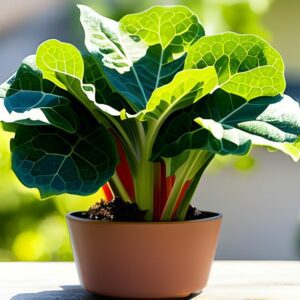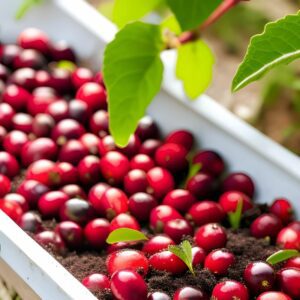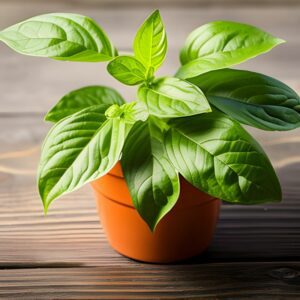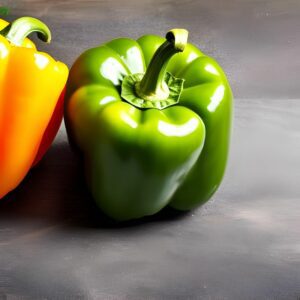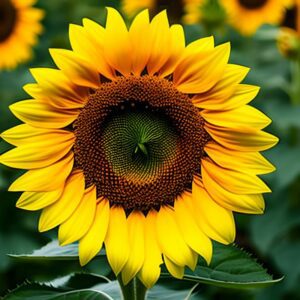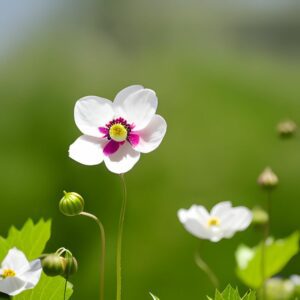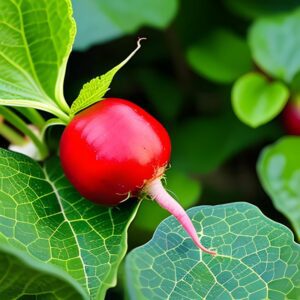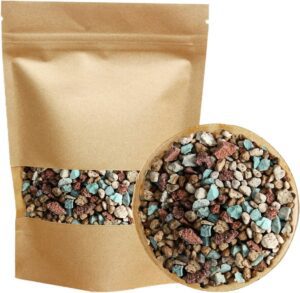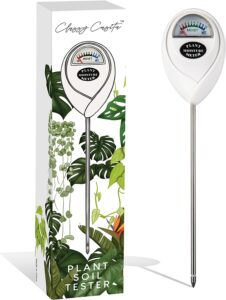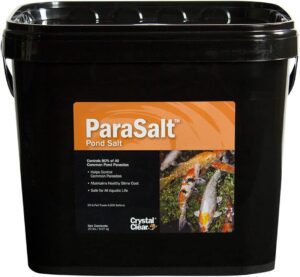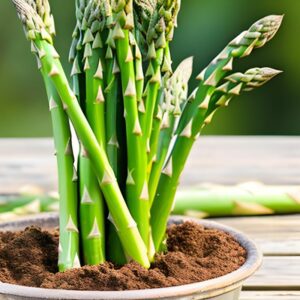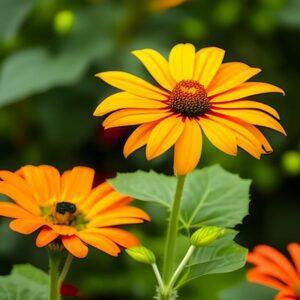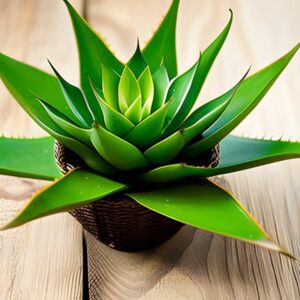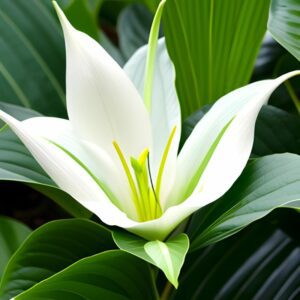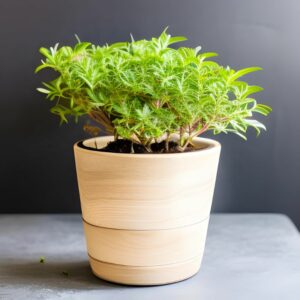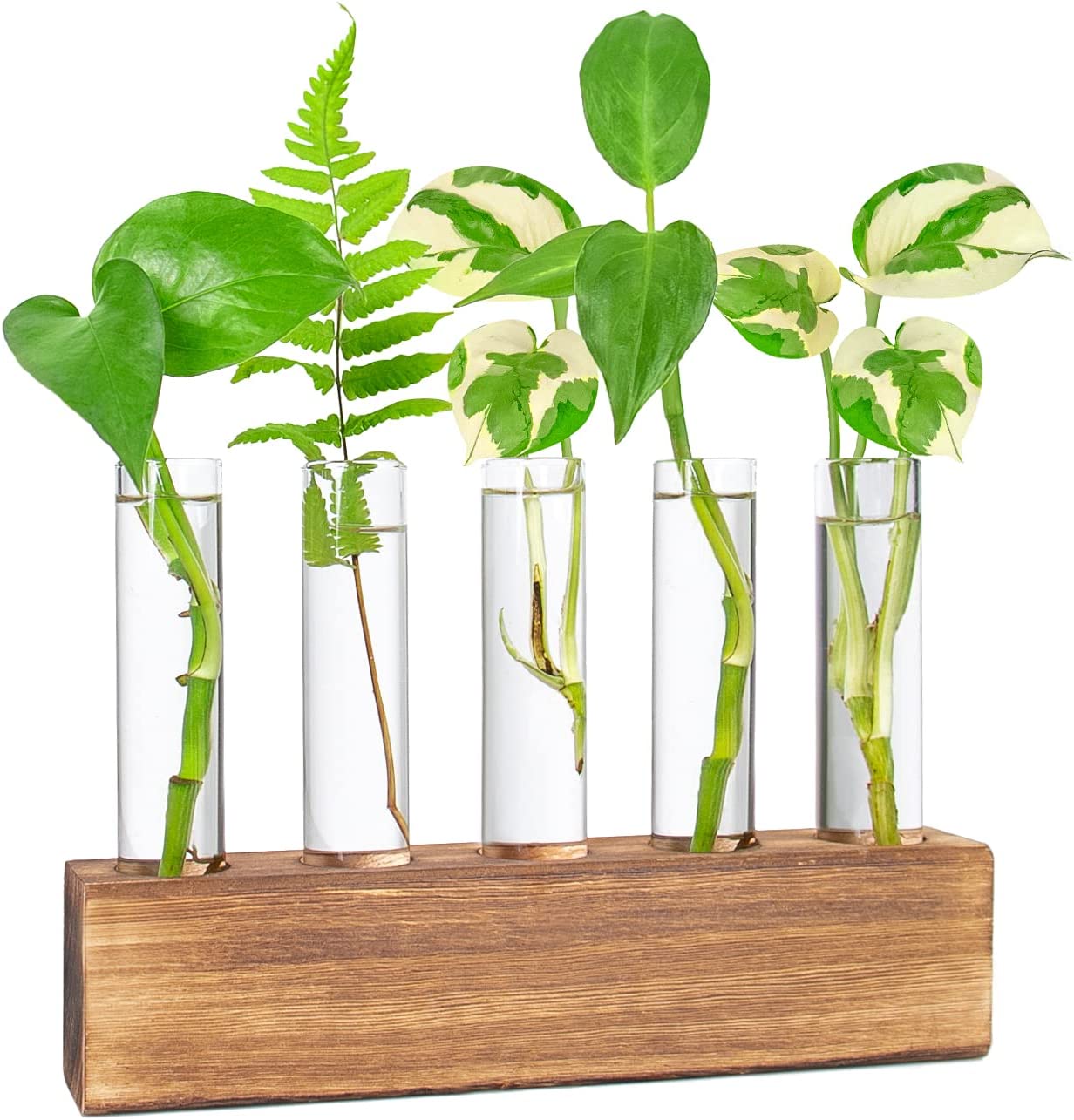Pansy
Flowers
- Europe & Western Asia
- Easy
- 10-12 Weeks
Introduction
Pansies are charming and colorful flowers that are cherished for their delicate beauty. Native to Europe and Western Asia, they are popular for adding a splash of vibrant color to gardens, containers, and borders. Pansies are known for their distinctive “faces,” with petals displaying various patterns and colors.
Plant Characteristics
Pansies are low-growing annual or biennial flowers with heart-shaped petals that come in a wide range of colors, including shades of purple, yellow, orange, and white. They have a compact growth habit and can reach a height of 6-10 inches (15-25 cm).
Ideal Growing Conditions
Pansies thrive in cool weather and prefer full sun to partial shade. They grow best in well-drained soil that is rich in organic matter. Cooler temperatures promote better flower production, and they can withstand light frosts.
Planting Guide
Plant pansy seeds or seedlings in early spring or fall. Sow seeds directly in the garden or start them indoors 8-10 weeks before the last frost date. Space the plants 6-9 inches (15-23 cm) apart, ensuring they have enough room to grow and spread.
Watering and Fertilizing
Water pansies regularly to keep the soil consistently moist but not waterlogged. Provide enough water to reach the root zone, and avoid wetting the foliage excessively. Fertilize with a balanced flower fertilizer every 4-6 weeks to promote healthy growth.
Pruning and Maintenance
Remove faded or wilted flowers regularly to encourage continuous blooming. Pinch back the plants occasionally to promote bushier growth. Weed around the plants to reduce competition for nutrients and maintain a neat appearance.
Flowering
Pansies typically bloom in spring and fall when temperatures are cooler. They can continue to bloom intermittently throughout the summer in some regions. Deadhead spent flowers to encourage more blooms and prolong the flowering period.
Post-Harvest Care
Pansies are primarily grown for their ornamental value and are not typically harvested. However, if you wish to save seeds for future planting, allow a few flowers to mature and dry on the plant. Collect the seeds and store them in a cool, dry place.
Troubleshooting
Pansies are generally low-maintenance and relatively pest and disease resistant. However, watch out for aphids or slugs, which can occasionally cause damage. Use organic pest control methods or handpick pests if necessary.
Fun Facts
Pansies have been cultivated for centuries and are associated with various symbolic meanings, including love, remembrance, and thoughtfulness. They are also edible flowers and can be used to decorate cakes or salads, adding a touch of color and flavor.
